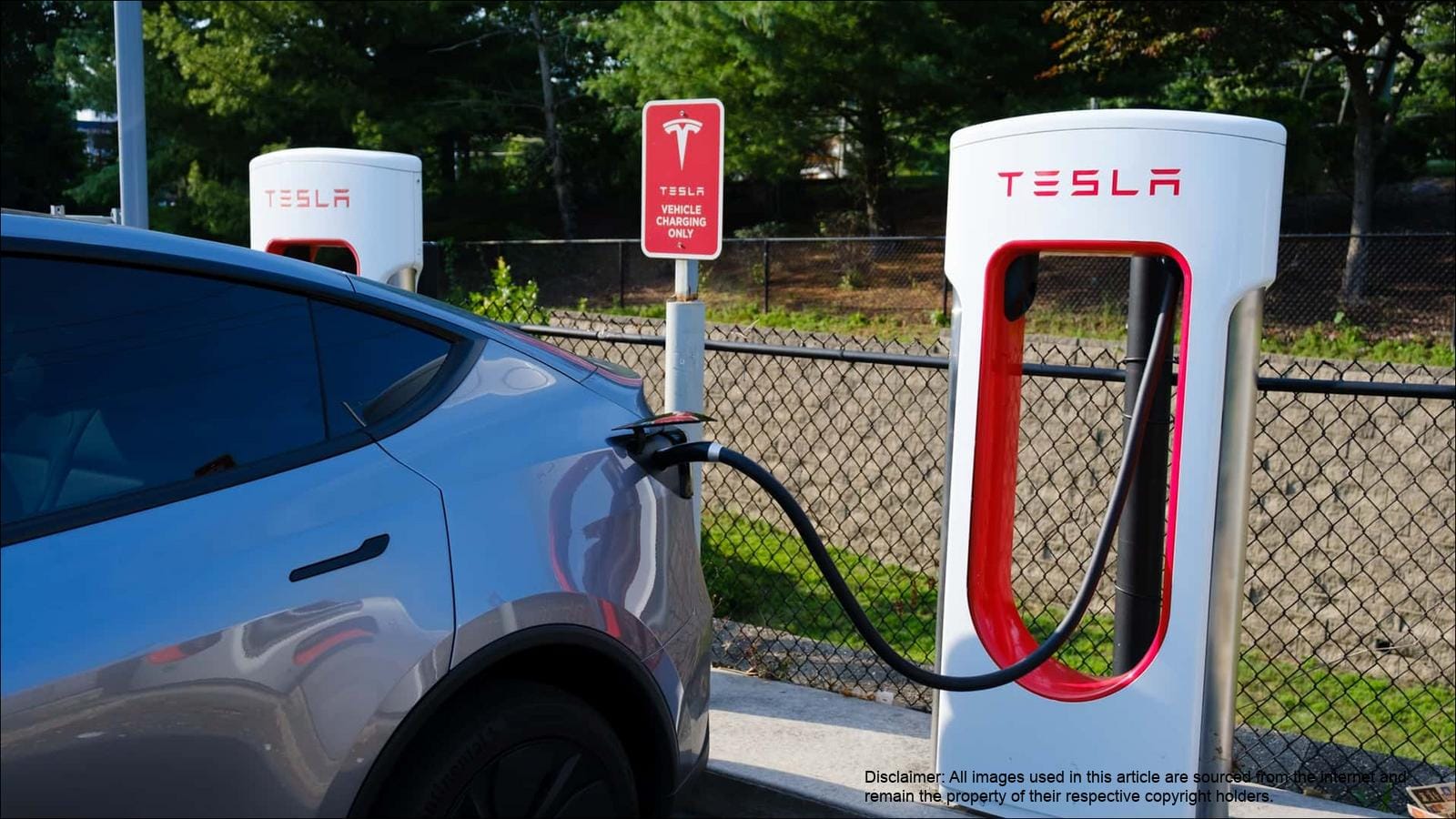Canada’s EV Market: A Need for Affordable Options
Beyond the immediate trade implications, easing tariffs on Chinese EVs could provide a much-needed boost to Canada’s EV market. Recent data indicates a concerning trend in EV sales within the country. Despite an overall increase in new vehicle registrations, EV sales experienced a significant decline.
According to government data, EV sales in Canada fell by 39.2% year-over-year in the second quarter of 2025. Plug-in hybrid sales also saw a slight decrease of 2.2%. Consequently, EVs accounted for only 8.6% of all new cars sold in Q2, a notable drop from 18.3% in the same quarter the previous year. This decline can be attributed to several factors, including the elimination of financial incentives for EVs in some provinces.
For instance, Quebec initially planned to suspend its EV incentives program, which offered $4,000 CAD for new EV purchases and half that amount for plug-in hybrids. Although public pressure led lawmakers to reconsider, the incentives are set to halve in 2026 and cease altogether in 2027. Similarly, British Columbia discontinued its EV rebate program in May. While Canadians can still avail themselves of a $5,000 CAD federal incentive for EVs and PHEVs with a base MSRP under $55,000 CAD, many popular models, including Teslas, do not qualify due to their higher price points.
The Canadian market, like the U.S., faces a shortage of affordable electric vehicles. With very few EVs available for less than $45,000 CAD, the introduction of tariff-free, feature-packed, and affordable Chinese electric cars could potentially reverse this trend. By offering more accessible options, Canada could encourage more consumers to switch to electric vehicles, thereby accelerating the country’s electrification efforts and meeting its environmental goals. The influx of Chinese EVs could thus serve as a catalyst for revitalizing the Canadian EV market.




















